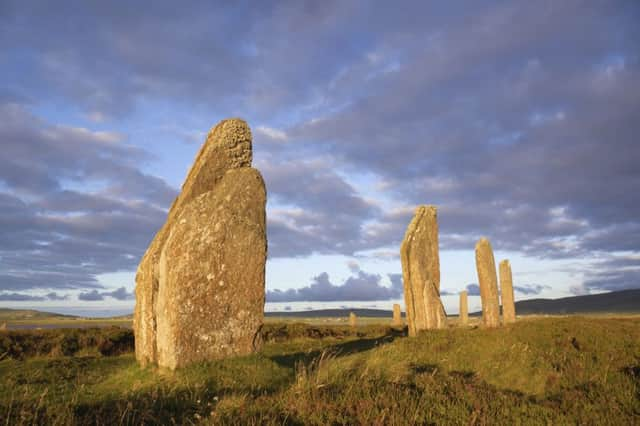Broadband rolls out across the Orkney islands


The series of causeways constructed on the orders of Prime Minister Winston Churchill in the 1940s are helping to make the roll-out of high speed fibre broadband across Orkney.
Over 4,700 local homes and businesses are now able to access the new fibre broadband network thanks to the multi-million pouond Digital Scotland Superfast Broadband programme.
Advertisement
Hide AdAdvertisement
Hide AdThe village of Burray is the first place off the Orkney mainland to see coverage coming through. This is available now to the north part of the village, and additional coverage is coming through in the coming weeks for the village centre.
Around 500 additional Orkney homes and businesses are expected by Christmas, including in St Mary’s and St Margaret’s Hope. Areas also already offering services include Kirkwall, Stromness, Finstown and Harray.
Highlands and Islands Enterprise (HIE) is leading the £146m project in the region.
Stuart Robertson, HIE’s Director of Digital, said: “Building a fibre optic network across the Highlands and Islands presents its own unique stories.
“In Orkney history is playing its part. The Churchill Barriers, built to protect the fleet at Scapa Flow, have allowed us to run the main network cable from Kirkwall to Holm, to Burray and on to St Margaret’s Hope. For Westray, we laid around 28km of subsea cabling across the Bay of Tuquoy.
“By the end of next year we will have taken access to fibre optic based broadband in Orkney from zero to at least 76% of premises.
“Nowhere is forgotten and in addition to this first phase we, and our colleagues in Community Broadband Scotland, are already looking at ways to reach further.”
The project is part-funded by BT, whose local network business Openreach is delivering the project on the ground, and programme manager Robert Thorburn said: “It’s brilliant to be using a unique engineering feat from the 40s to deliver the latest 21st century technology to some of Scotland’s most remote communities.
Advertisement
Hide AdAdvertisement
Hide Ad“Churchill ordered the barriers to be built to keep the Germans out after a U-boat sneaked into Scapa Flow and sank the Royal Oak. Now we’re using them to let the whole, wide world in at high-speed.
“In terms of the overall programme, more than half of the current, planned work in Orkney is complete.
“With the main fibre spine almost all in place, work continues to build the local green cabinets which bring services to homes and businesses.
“We’re grateful for the support from Orkney Islands Council and local landowners as we work together to agree the locations for these.”
The Churchill Barriers are a series of causeways joining the Orkney mainland to Lamb Holm, Glims Holm, Burray and Ronaldsay.
They were built on Churchill’s orders following the sinking of RN battleship HMS Royal Oak by a German U-boat in 1939.
The plan was to block the channels between the islands and protect the fleet at Scapa Flow. They have served as vital road links since the end of the war.
The broadband programme iss funded by the Scottish Government, the UK Government, HIE and private sector partner BT.
Advertisement
Hide AdAdvertisement
Hide AdCustomers in villages where roll-out has started can check availability online at www.hie.co.uk/whereandwhen. When fibre based services are available customers can order from Internet Service Providers.